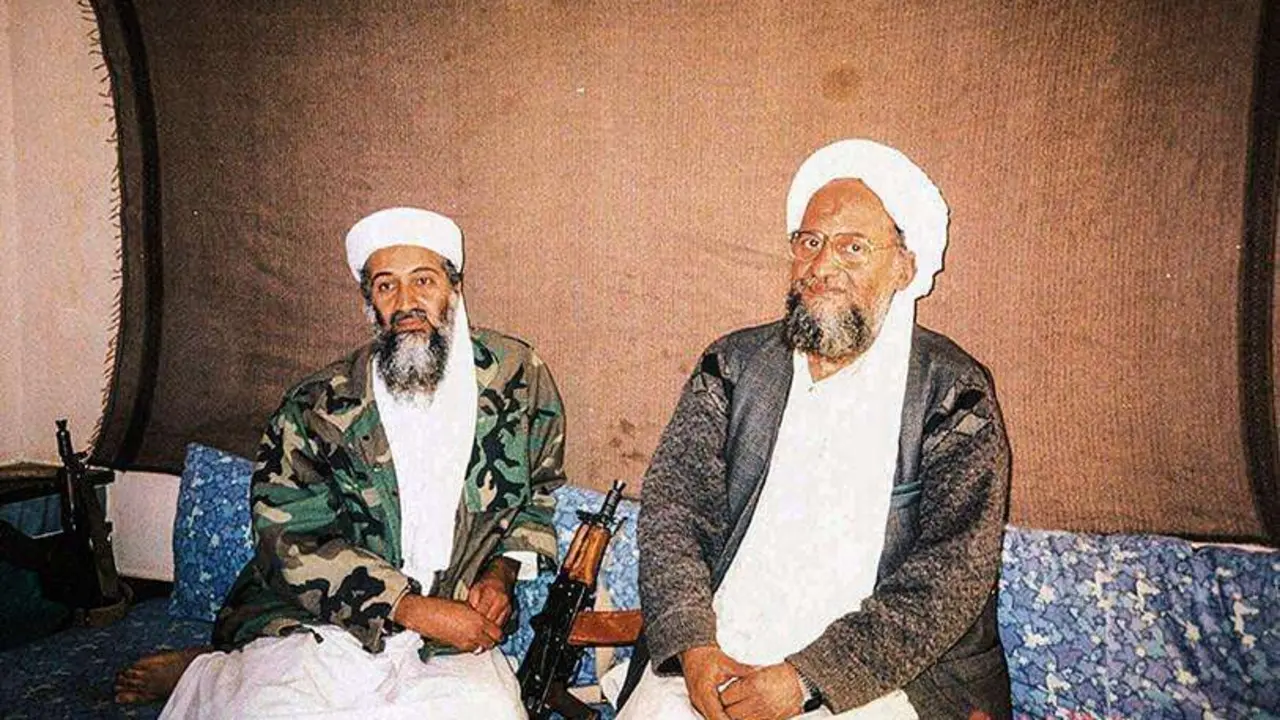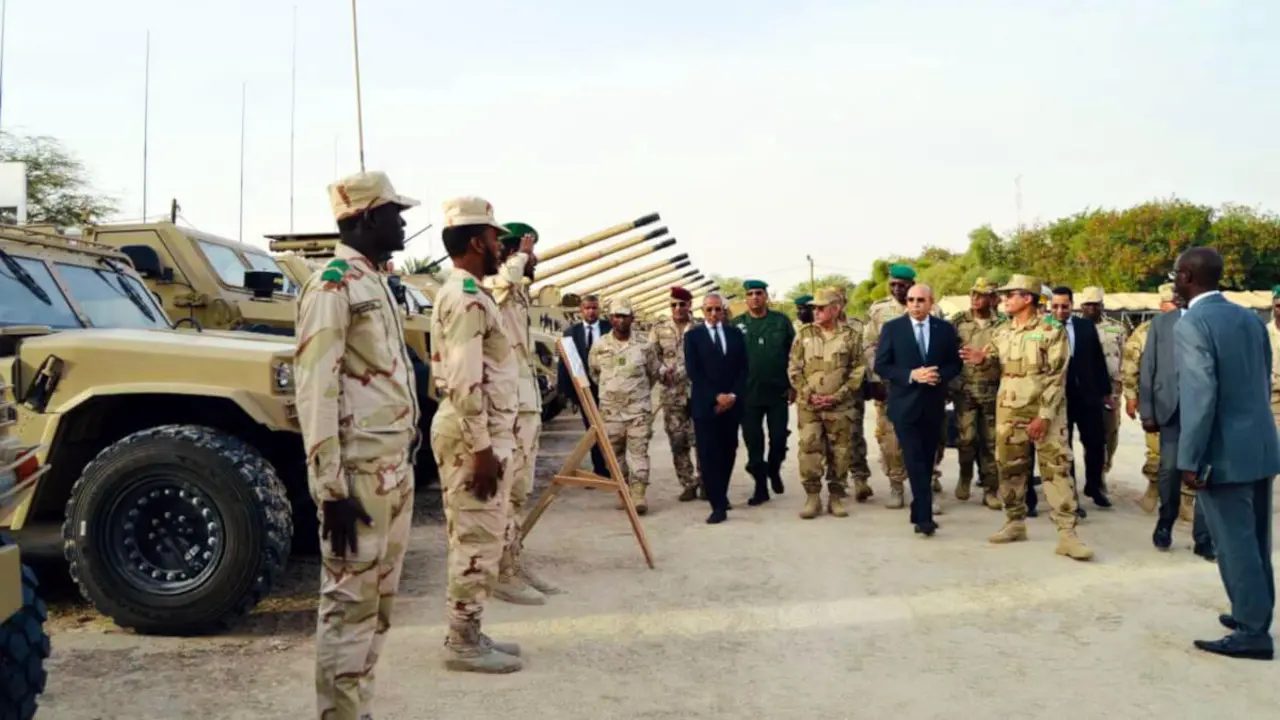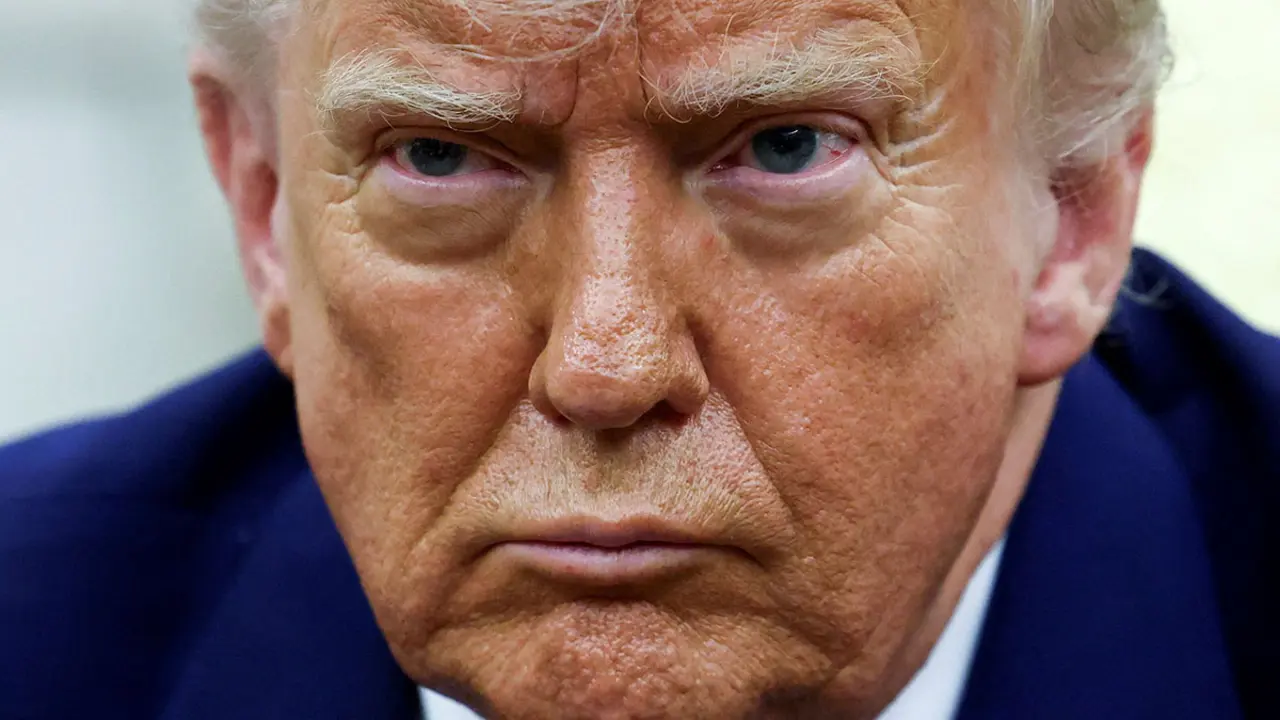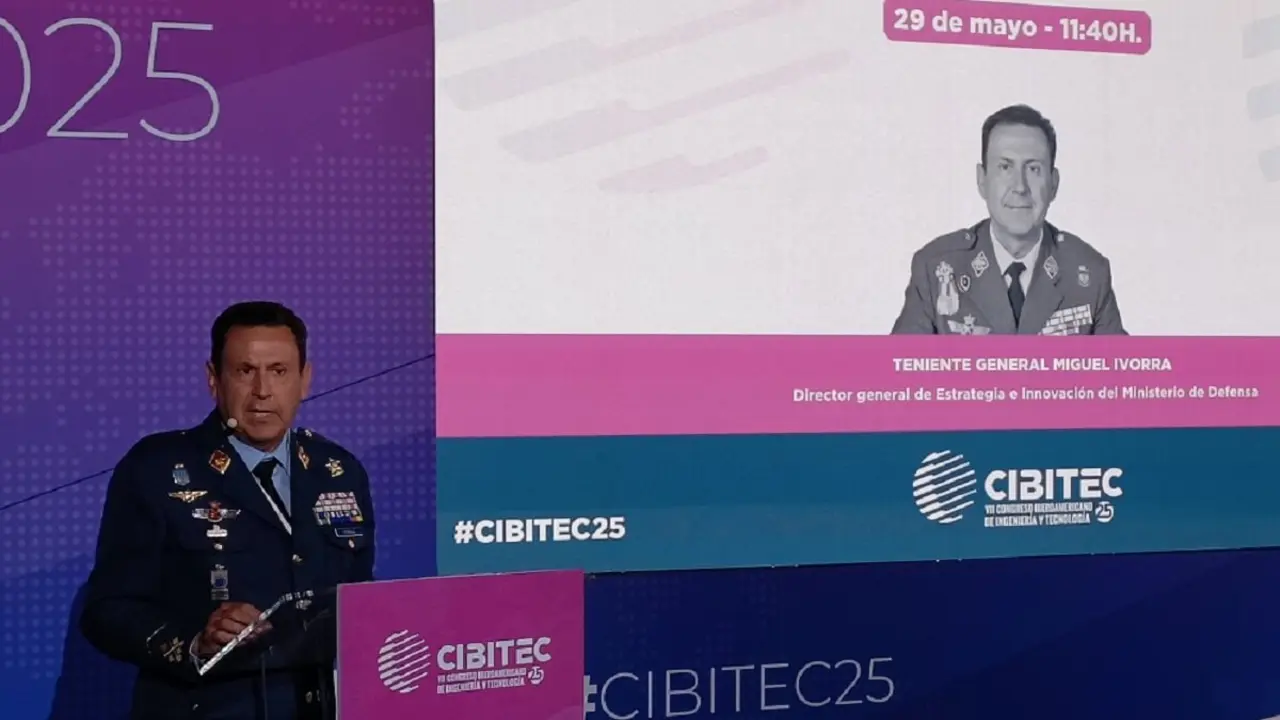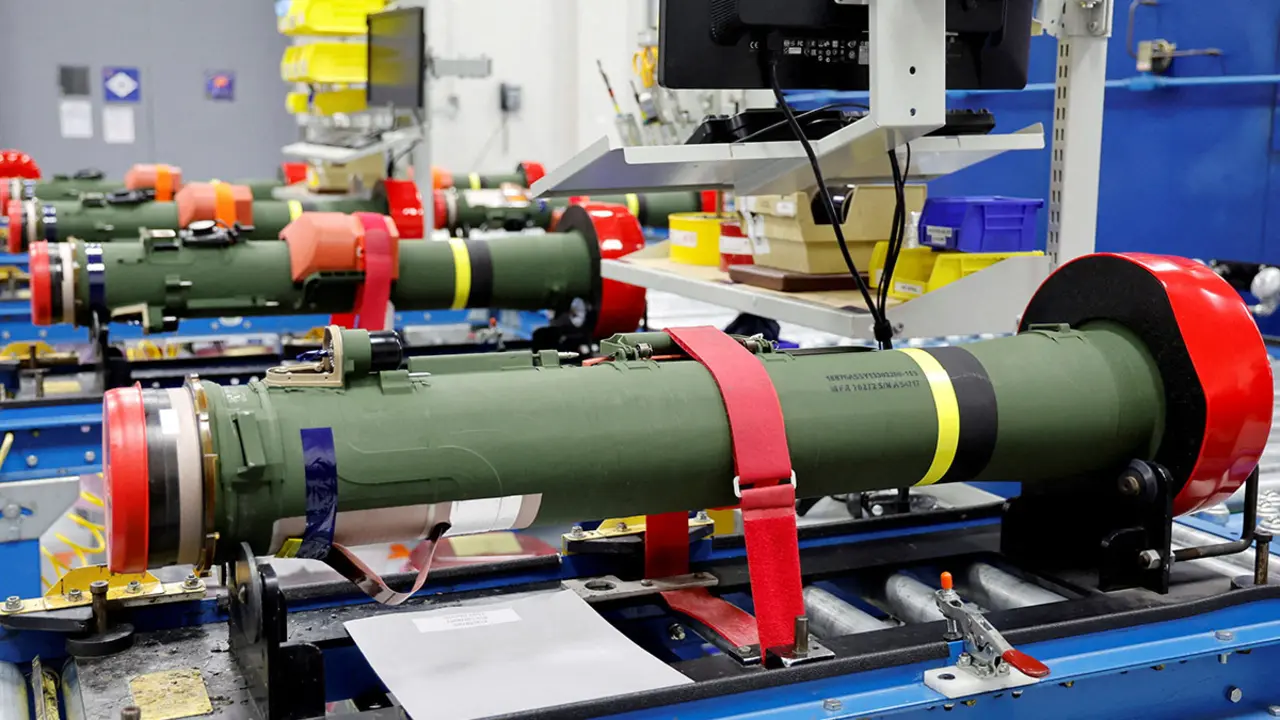Peru experiences its most violent day since protests began

Democratic stability is at its lowest moment in Latin America. In addition to the assault on Brazil's institutions, anti-government protests in Peru have intensified after the Christmas truce, with 17 people dead and 73 injured in clashes between demonstrators and the forces of law and order. This is the most violent day since the demonstrations began on 7 December following the dismissal of Pedro Castillo after the attempted coup d'état.
The clashes took place in the south of the country, in the Puno region, on the border with Bolivia, when the demonstrators tried to take over Juliaca airport, which has been considered the epicentre of this year's citizen protests and where an indefinite strike has been called throughout the city. The protesters have called for the removal of the current president, Dina Boluarte, early elections and the drafting of a new constitution, among other demands.

In addition to the 17 reported deaths, one of them a minor, the Regional Health Directorate also reported the death of a 35-week-old baby who died as a result of the protesters' blockade when the ambulance was transporting him to the hospital due to respiratory failure and sepsis. The death toll caused by the political crisis now stands at 46 people.
The government has deplored the deaths and said it will not relinquish its duty to restore order in this region of the country. The prime minister, Alberto Otárola, described the situation as "a hangover from the coup d'état" and accused the demonstrators of attacking the rule of law, saying that more than 9,000 people went to the airport and some 2,000 attacked with homemade weapons. In response to the situation, Otárola has also announced the dispatch of a high-level commission to the region and humanitarian aid.

However, political dialogue with congressmen from the department of Puno promises to be difficult. The region's political representatives issued a joint communiqué demanding Boluarte's resignation. The Peruvian Ombudsman's Office has also called on the forces of law and order to make a "legal, necessary and proportional use of force" and has called for an investigation into what happened.
And just one month into her term as Peruvian president, Dina Boluarte is already being held responsible for too many things. The Andean country's Public Prosecutor's Office is now investigating the president for the deaths of 28 people in the protests in which she is accused of alleged crimes of homicide and grievous bodily harm. She is also being held accountable for this latest day of violence, for which she has not yet made any statements.
She did address the demonstrators who are calling for the closure of the Congress of the Republic and her dismissal. " Whoever wanted to close the Congress is now in prison. They know that this cannot be done; that is why they are deceiving you. Don't be fooled," she said.

Violent days and anti-government sentiment that the executive has so far been unable to curb. Violence has occurred not only at Juliaca airport, but also in looting and vandalism throughout the region, including the burning of the house of Acción Popular congressman Jorge Luis Flores Ancachi, representative of the Pugno region.
The protests have also forced the paralysis of the National Agreement that was being held in the Government Palace. The technical secretary, Max Hernández, reported that the Accord would take place at a later date.

The other protagonist, Evo Morales. For many Peruvians, the symbolism of the former Bolivian president is key in the midst of the political crisis that has broken out. And even more so when Dina Boluarte's government ordered that the indigenous leader should not enter Peru due to "national security". A measure endorsed by the National Superintendence of Migration and which also applies to eight citizens who entered the country, according to the document, "to carry out political proselytising activities".
Aplicando la Ley de Migraciones, se decretó el impedimento de ingreso al país del señor Evo Morales y otros ciudadanos bolivianos. No ingresan al Perú personas que amenazan el orden interno. Es una decisión firme que prioriza la vida, dignidad e integridad de miles de familias. https://t.co/K6ue0CbS1I
— Alberto Otárola (@AlbertoOtarolaP) January 9, 2023
The support for Pedro Castillo and Evo Morales' harsh criticism of the Boluarte government have even affected diplomatic relations between the two neighbouring countries. The government of the Andean republic has terminated the functions of the Peruvian ambassador to Bolivia.
"We will not allow any president, ex-president, leader or personage to interfere in Peru's affairs, affecting the tranquillity that has cost us 33 million Peruvians," the Peruvian prime minister said.
The decision has been welcomed by the opposition itself, which considers Evo Morales an agitator who even finances the protests in order to "annex Puno to Bolivia", as the pro-Fujimori congresswoman Tania Ramírez claims. Instability is in the air.
America Coordinator: José Antonio Sierra

